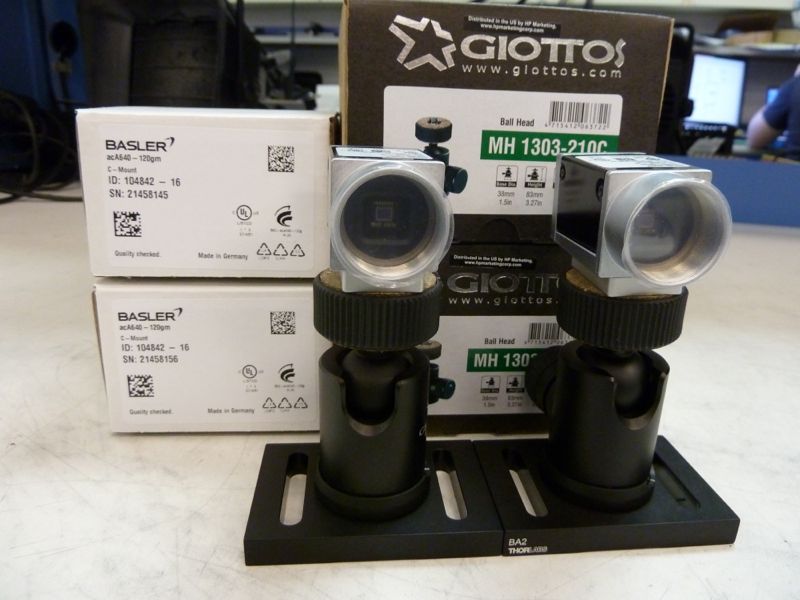Stefan, Alexa, Jeff, Arnaud, Sheila
On saturday I took the FDD out of the DIFF PLL loop, this keeps us in the linear range of the sensor whenever both cavities are locked. Since this means that the VCO gain is reduced by a factor of 10, we added a factor of 10 to the DIFF PLL COntrol signal gain and reduced the PLL input gain by 20dB, it is now 6dB. The control signal noise is the same with and without the FDD in, as long as the ugf is the same.
Stefan worked on making the plant inversion at low frequencies the same for the UIM as for the test mass, since the resonances below 2Hz are all common to the two stages. Arnaud fit the high frequency part of the UIM plant inversion measurement from over the weekend.
Stefan then adjusted the relative gain between the top mass and UIM by sending an injection to each stage with opposite sign and canceling the signal.
We began trying to lock DIFF. We needed to re align the beat note to get -23dBm. After that the locking went pretty smothly with only the top mass and UIM, we measured the loop gain at a few points and think that our UGF is 0.45Hz. This suppressed the fluctuations in DIFF to around 0.2um. We need to engage the feedback to the bottom mass to get more low frequency gain and a higher ugf.
We repeated the gain balancing for the ESD drive using the top two stages to balance the ESD drive, with a DC offset of 125000. When we engaged the test mass feedback, the loop rang up at around 0.3Hz.








Note - I asked Arnaud to recheck these since we already had the lower stage OSEMs pulled back for the IAS alignment. As well, I discovered that the top mass blade tip EQ stops are the rattle-loose kind so I need to now swap them in-chamber. So, I pulled the top 6 BOSEMs off as well - a good time to recheck the OLV settings of all OSEMs.